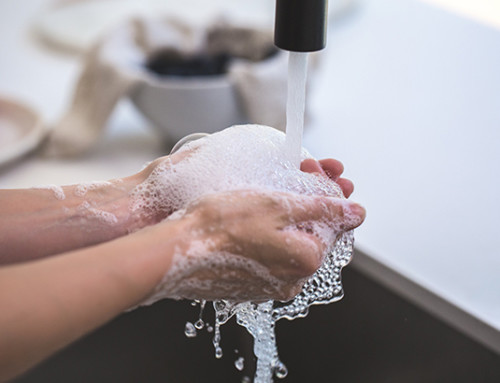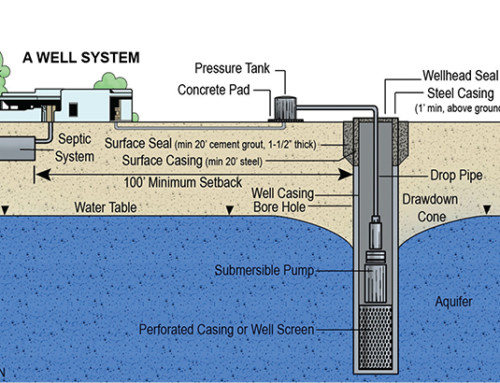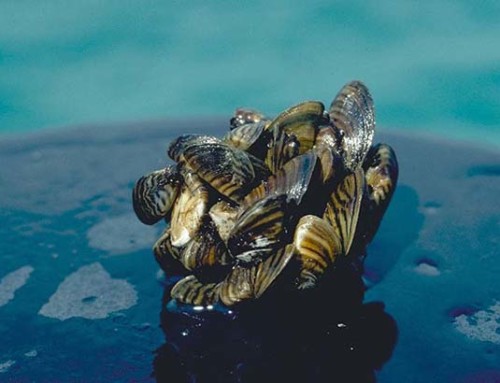When we get frequent or interesting technical questions, we like to share those questions and answers with everyone. We add frequently asked questions and answers to our Knowledge Base regularly, but every once in a while, we like to touch on them in our blog as well.
Today’s question comes from Oliver:
“I am trying to use your Phosphate test strips, but I am getting very different results depending on which way up the strips are when I read them. One side of the strip gives a much more intense color than the other side. Is this normal? Which side should I be using?”
Thanks for the excellent question Oliver. Some of our test strips are a bit more complicated than others. The Phosphate test strip has a different design than most, and the results can be calculated a couple of different ways.
Phosphate Test Strips Construction
Whereas most of our strips are either simply a piece of paper, or a paper test pad adhered to a strip of plastic, this strip is constructed with two pads of paper instead of one. It also has a clear plastic covering on top of both pads and the strip of plastic. The plastic strip that the pads are adhered to also has a well, or dip, in it to accommodate both pads.
The test pad for reading the results is the one at the bottom of the channel or well. When laid on a table with the “bump” facing up, it is the pad you can see. This is going to be the darker pad.
The other pad is flush with the “back” of the strip. When constructed, the first pad (the one used to read the results) is laid in the channel and the second pad placed on top of the first pad. The two pads are then secured in place by taping the back of the card. Check out our diagram below for a better visual of what we are trying to explain.

Calculating Results
The Phosphate test strip measures orthophosphates and expresses the result in terms of the phosphorous ion (ppm phosphorous). To get the phosphate concentration, multiply the result from the strip by 3. Our previous Phosphate label did not indicate this, but thanks to Oliver’s question, we have revised the instructions to include the calculation and make this clearer.
The color chart was developed using the test strip and measuring the response to standards prepared from potassium phosphate in water.

Interferences
When using the Phosphate test strip, there are also some interferences you should consider.
- Arsenate and silicates above 20 ppm will cause a false reaction. The reacted pad will turn yellow.
- Fluoride, chlorides, and nitrites above 50 ppm will depress the phosphate reaction.
- Heavy metals and large quantities of oxidizing compounds will also depress the results.
- Lastly, pH and temperature can affect the results. The pH of the sample should be in the range of 6-9. As for temperature, the best results are obtained in the range of 18-30°C.
Questions like Oliver’s help us continually improve our products and ensure that they are being used correctly to achieve accurate results. Don’t be afraid to ask us the hard questions. We feel very strongly about our customers understanding the tests they’re performing, and how to perform them correctly.







Leave A Comment